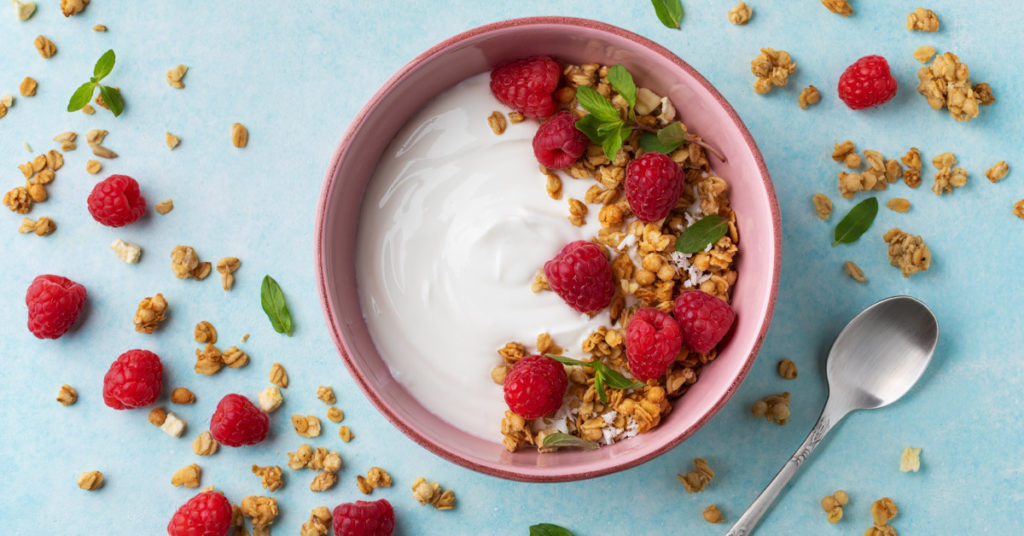
Food emulsifiers play a crucial role in some of the world’s favorite dishes – and many food emulsifiers are natural. Food is a careful and considered combination of many ingredients. When those ingredients don’t interact precisely the right way, manufacturers often turn to food emulsifiers to bring the product and the flavor together successfully. Food emulsifiers help mix ingredients like oil and water that may not otherwise come together nicely.
What Is an Emulsifier in Food?
The industry defines an emulsifier as a surface-active agent that promotes the formation and stabilization of an emulsion. This requires two elements to an ingredient’s molecular structure: a water-active section and an oil-active section.
The FDA approves emulsifiers for use in food products like yogurt, peanut butter, salad dressings, bread, and many other products found at your local grocery store. Why do we use emulsifiers in food? Well, many commercially available foods wouldn’t be as appetizing without them.
Emulsifiers help combine immiscible ingredients, or ingredients that may not mix well. For example, without the introduction of food emulsifiers, consumers would need to mix in the layer of fat that develops on top of yogurt. Other foods become chunky as different ingredients combine inconsistently; Lumpiness is a disagreeable characteristic in most foods but especially a concern for dairy manufacturers as it typically denotes, “spoilage”.
There are both natural and manufactured food emulsifiers available, though a growing interest among consumers for natural options has made their use more prevalent in recent years. Tilley has focused on expanding our catalog of natural food emulsifiers to make sourcing these ingredients easier for manufacturers.
While emulsifiers have been used in homemade foods for centuries (eggs serve this role in many dishes), the rise of processed foods created a demand for more options with longer shelf lives. Margarine, a French invention dating back to the 1860s, was the first emulsifier capable of meeting the needs of feeding people on an industrial scale.
Types of Natural Food-Grade Emulsifiers
Natural emulsifiers in food help meet surging demand for natural or organic products. Since 2020, organic food sales have risen 4.6% and are worth more than $50 billion in the US alone. That’s an increase of $36.5 billion from just $13.5 billion in 2005.
Some emulsifiers offer better results when paired with ingredients like plant-based locust bean gum (carob tree seeds), guar gum (derived from guar bean splits), and carrageenan (seaweed). These gums support consistent suspension and improve the overall quality of the product. Pairing these gums with natural emulsifiers can help processed food products meet organic certifications. Categorized as specialty hydrocolloids, these natural gums serve to meet growing consumer interest in organic product offerings.
Versatility, Quality, and Safety
At Tilley Distribution, our catalog of natural emulsifiers and specialty hydrocolloids, plus the support of our expert technicians, offers our customers ways to achieve better results with their current products and the resources they need to create something entirely new.
Talk to a Tilley representative today to learn more about our emulsifiers, robust international distribution capabilities, and personalized services.